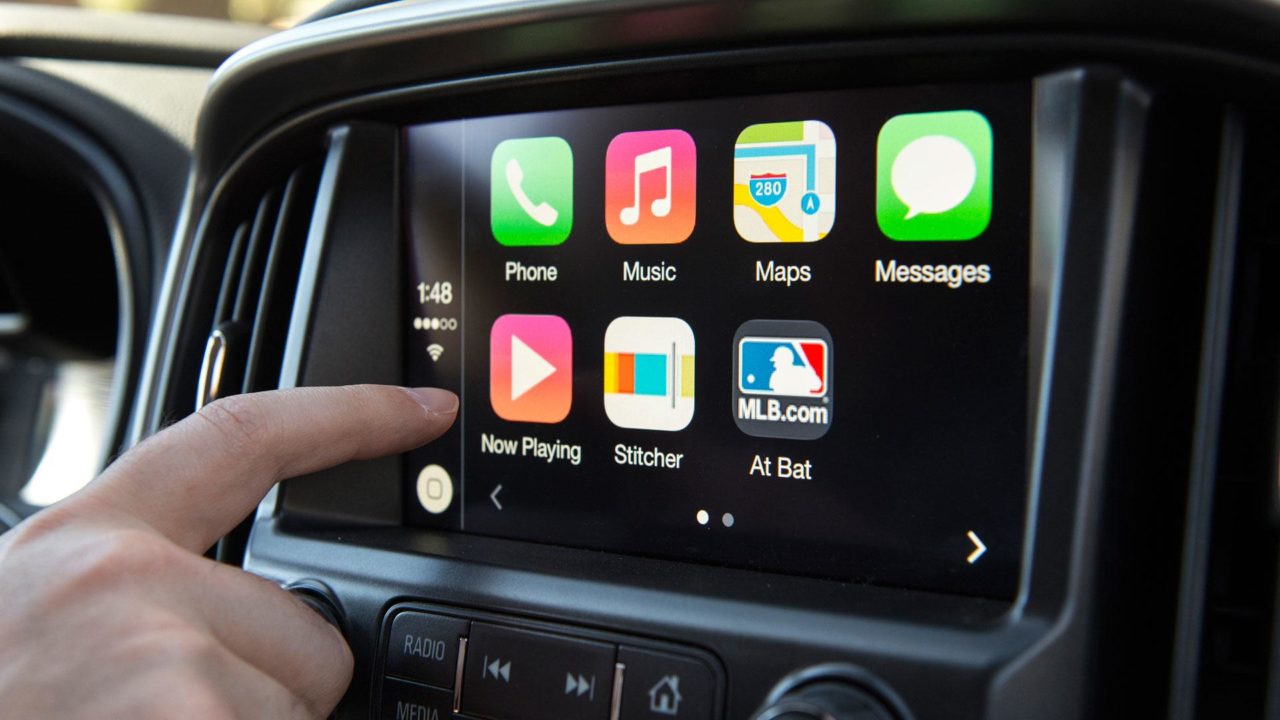
Android Auto, Google’s three-year-old software for cars, is finally available in the Korean language and can now be used in a majority of Hyundai and Kia vehicles in Korea.
Google Korea, Hyundai Motor and Kakao jointly announced the launch of the smartphone-based virtual dashboard in Korea on Thursday, effective on the same day. The Android software, when connected to an Android smartphone, enables drivers to make calls, send text messages, use a navigation map, listen to music and much more, all through Google Assistant voice commands.
“The primary task of drivers is safely driving,” said Lawrence Kim, a lead product manager at Google Android Auto, “but observation of drivers showed they do so many other tasks with their smartphone – sending text messages, reading news and making calls. It’s a far-from-safe situation, which led us to think about how to seamlessly integrate smartphones with the vehicle.”
He noted that the software is not designed to simply mirror the app on the smartphone. Google has customized the user interface for the car display.
Google joined forces with Kakao Mobility, the transportation arm of Kakao, to develop a navigation map based on the Kakao Navi app as an alternative to Google Maps. The Korean government’s ban on Google’s use of mapping data has led to Android Auto’s later-than-expected debut here. Google Maps users in Korea can only get access to public transportation routes – save for subways – and simple street maps.
Hyundai Motor and its sister carmaker Kia Motors were the first in the world to introduce Android Auto in their vehicles in 2015, but availability was confined to outside of Korea until Thursday. The software is compatible with all cars currently sold by Hyundai Motor and Kia Motors – totaling over 40 including the Avante, Sonata, Santa Fe from Hyundai and the K5, K7 and K9 from Kia.
Drivers only need to download the Android Auto app from the Google Play store, connect their smartphone to their vehicle via a USB cable and install the system in the car. The software is activated by pressing a voice-recognition button on the steering wheel or saying “Okay Google.”
Choo Kyo-woong, director of the infotainment development group at Hyundai Motor, said the carmaker currently does not support wireless connection with the smartphone, citing the issue of smartphone battery exhaustion.
Android Auto’s entry in Korea comes amid growing competition in the auto infotainment market. Consumers are increasingly attracted to entertaining and safe driving and customized car systems. There is no downright leader in the market, yet, but Google has a great competitive edge, given that the Android system captures more than an 80 percent share of smartphones in Korea.
Naver currently sells Away, a car infotainment display based on its self-developed artificial intelligence platform, at over 300,000 won ($266). Naver’s portal and chat app rival Kakao has its own service based on its Kakao I AI platform. SK Telecom has combined Nugu AI platform with T Map, a navigation app that controls more than 60 percent of the navigation market in Korea. KT is preparing to unveil its system, Giga Drive.
Apple’s CarPlay is already available for owners of the iPhone 5 or later models in almost 40 countries around the world, including Korea. Unfortunately, its functions are limited here because navigation is not available.


